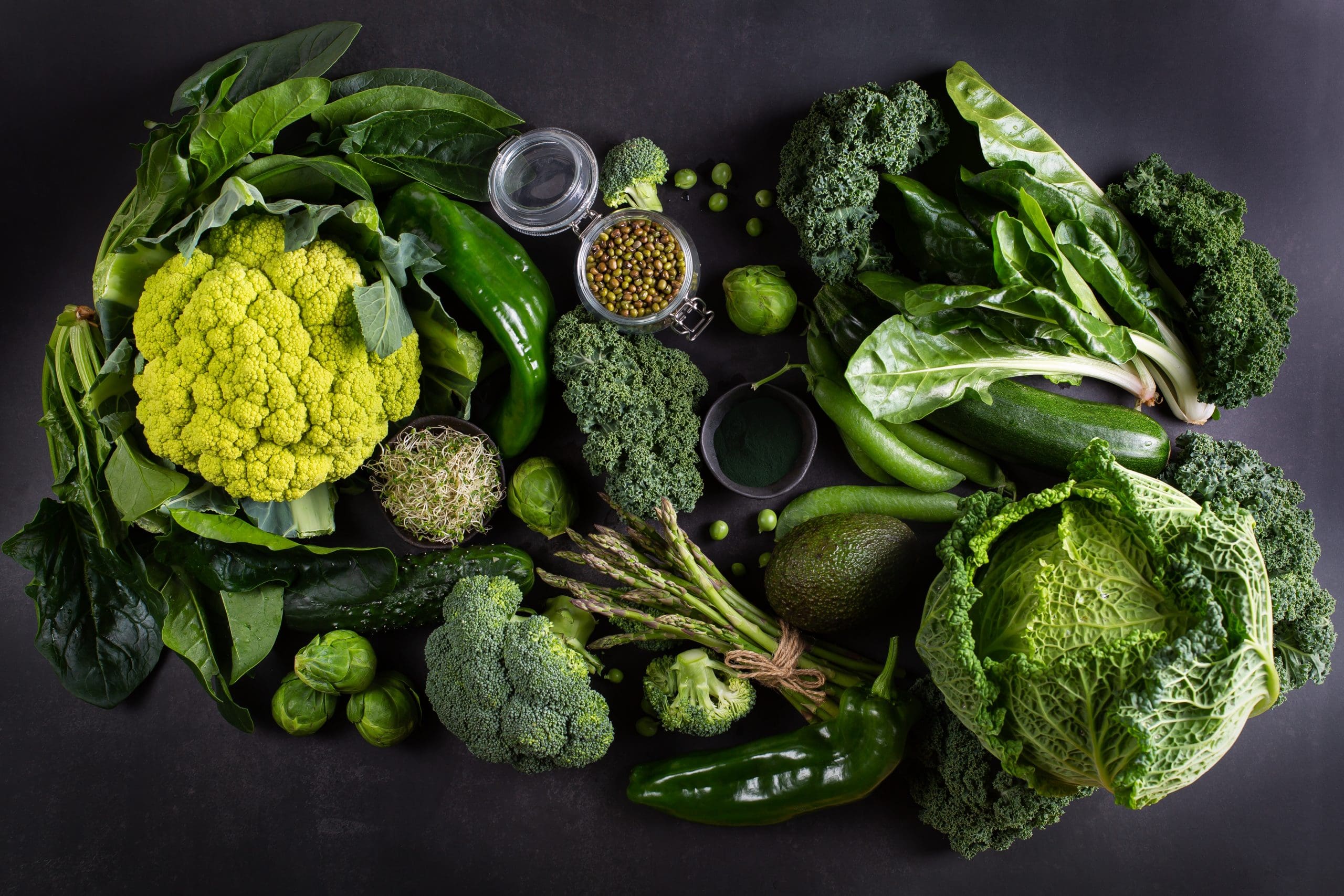Diets rich in antioxidants and healthy fats support brain health.
Traditionally, dietary research focused largely on physical health, producing well-documented findings about how what we eat impacts our cardiovascular system, weight, and activity levels. In more recent years, however, we’ve learned more about how our diets affect mental health. Why, for example, when we’re feeling anxious or experiencing high stress levels, do we crave highly processed, sugary, or high-fat foods?
This eating pattern occurs because, as our stress levels rise, so does cortisol, one of the hormones that impacts our perception of feeling hungry. During periods of high anxiety, we might find ourselves craving prepackaged foods that don’t help us feel better in the long run.
In my practice as a registered dietician, clients report that they reach for comfort foods during times of stress, leaving them feeling worse than they did before eating. This behavior exacerbates their feelings of anxiety and leads to reduced energy, brain fog, and feeling overwhelmed.
If comfort foods aren’t bringing lasting benefits, then what should we eat? Can we eat our way to better mental health?
Antioxidants and mood
Antioxidants play a vital role in both mind and body, removing free radicals that linger and suppressing the oxidative stress pathways they travel on. Think of antioxidants as roadblocks that prevent stress from traveling further down our biological highways. These roadblocks then facilitate an overall improved immune function, which includes reduced inflammation that boosts mood and improves mental health function.
Avocado
Versatile and delicious, avocados provide a great source of antioxidants. They get extra credit for almost year-round availability and for being easy to spice-up and enjoy as a snack. Rich in vitamin E (an antioxidant), these nutritional powerhouses offer neuroprotection and neuroplasticity by promoting block proteins. Avocados also have one of the highest concentrations of mono-unsaturated fat, a key nutrient that supports brain function. This source of good fat leaves us feeling satisfied longer, which wards off hunger naturally.
Grass-fed beef
Antioxidants abound in grass-fed beef, which boasts three times more vitamin E than grain-fed beef. Beef also contains creatine, which tends to decrease as we age. Low creatine levels are indicated in those who carry the APOE4 gene, which increases the risk of Alzheimer’s disease. Adding grass-fed beef to our diets in moderation may help boost our mood and contribute positively to our focus and cognitive memory.
Dark, leafy veggies
A rich source of omega 3 fatty acids, dark-green, leafy vegetables—such as kale, spinach, lettuce, and watercress—have well-known anti-inflammatory properties. These healthy greens protect our cells and tissues from oxidative stress and allow biological building blocks to function at optimal levels, so we feel our best mentally and physically. Other examples of omega 3 fatty acids include salmon, nuts, seeds, and legumes.
By choosing foods rich in antioxidants and healthy fats, we supply our cells with the much-needed support that keeps us feeling our best. When we train our bodies to crave nutrient-rich foods, we reach for comfort foods less frequently. The road to more brain support through nutrition starts with small dietary changes, which notch big successes. Charting our progress reinforces these changes. You can find more information about eating for better health at hnhn.org.
Palina Lancaster is a registered dietitian and director of dining for Morrison Healthcare/Compass One Healthcare, and an adjunct professor teaching nutrition for health at the Mississippi University for Women in Columbus.
American Nurse Journal. 2023; 18(7). Doi: 10.51256/ANJ072329




















